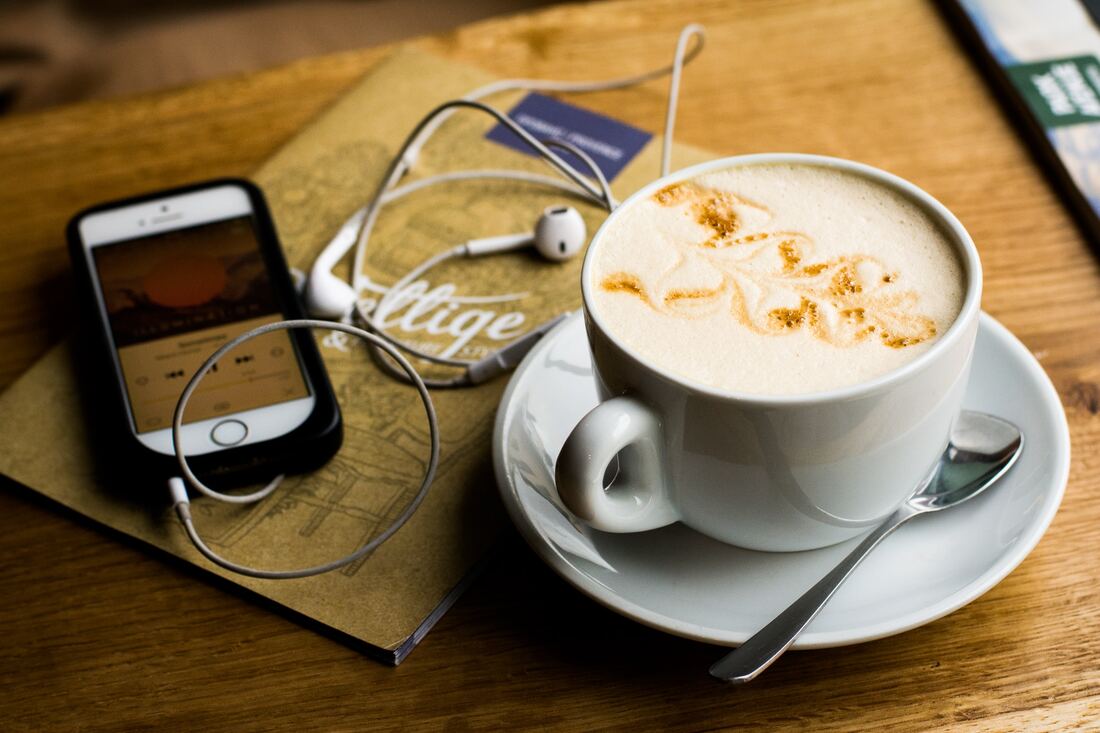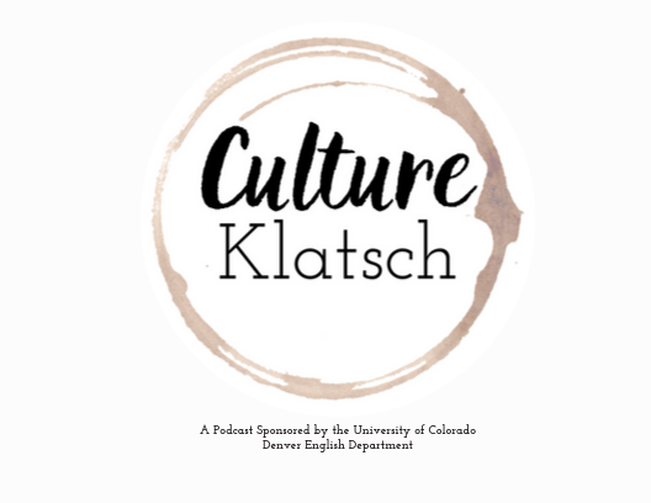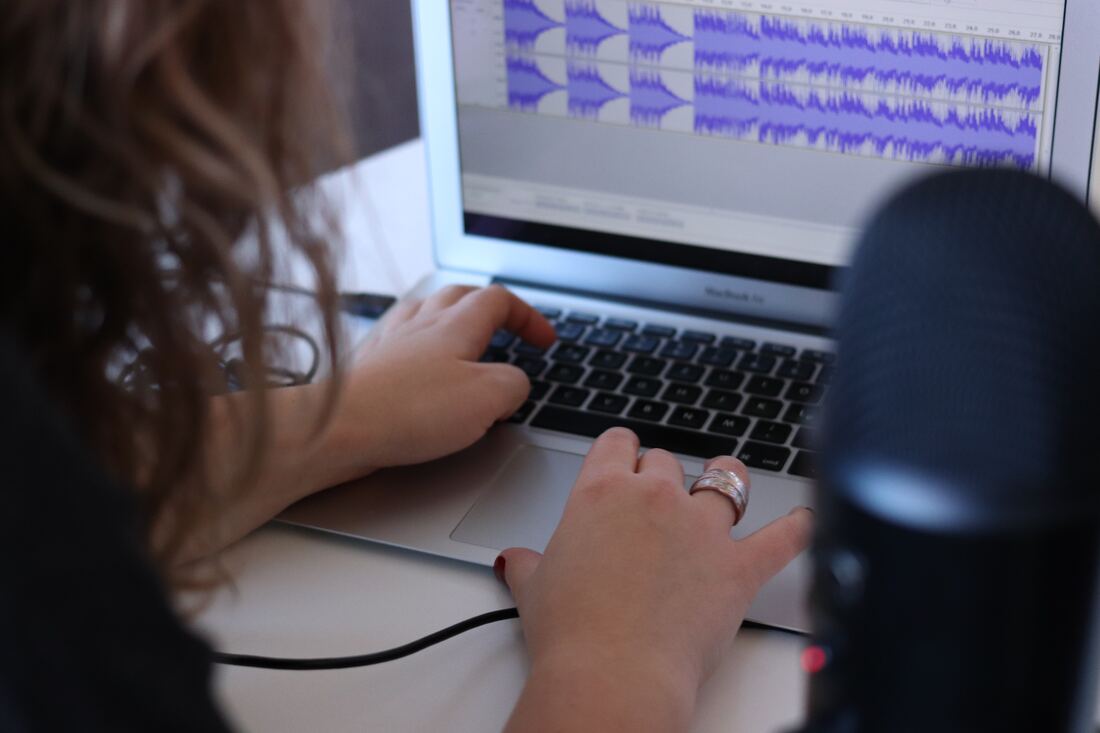|
Here, you can follow the behind-the-scenes development of CultureKlatsch, from equipment selection, to interview preparation, to content curation. We hope this blog will be a useful resource to those who are interested in creating their own podcasts, or in podcasts generally. Archives
March 2020
Categories |
Back to Blog
When I recorded my first podcast in grad school, I was figuring it out as I went, and I’m still learning as I produce CultureKlatsch and discover what works for me. I took to the Internet (particularly this great resource from Podcast Motor) to find tips on equipment, recording software, and editing software, hoping I could get everything done on as low a budget as possible (student life, am I right?). If you’re just getting started and aren’t ready to commit to spending a lot of money on podcasting just yet, here’s the setup I went with for my very first recording, as well as the upgrades I’ve made now that I’m producing CultureKlatsch.
Microphones Logitech Clearchat Headset mic: I went with this mic when I was getting started because it records with good quality for an affordable price. One of the good things about the headset is that the mic is always the same distance from your mouth, so your volume is consistent throughout the recording. It’s also handy to have your headphones and mic all in one, especially if you’re looking for a simple setup. One of the downsides is that, due to the proximity of the mic to your mouth, it captures all those popping sounds when you enunciate your Ts and Ps a bit too loudly. This can be avoided by minding your enunciation while recording, and you can clean it up a bit when you’re editing. Blue Yeti Condenser mic: I have since upgraded to the Blue Yeti mic because it has great quality and works for a variety of different settings. When you’re recording on your own, you can use the cardiod setting, which only records sound coming in from the front. If you’re recording a one-on-one interview or are in the room with multiple people, the mic has different settings to capture the sound you need. Because I do a lot of different kinds of interviews for CultureKlatsch, from one-on-one Skype calls to classroom discussions, this versatility is crucial. This is a powerful mic, which means it will also capture any background noise, so it’s best in a controlled recording environment (somewhere where you can turn off the air conditioner, close the windows, and make the room as soundproof as possible). Audio-Technica mic: The Blue Yeti is quite heavy, so it doesn’t work for situations where you want to pass around a mic (like if you’re recording a panel discussion). This Audio-Technica mic comes in handy when you need a lighter, more mobile option. Recording Software Call Recorder for Skype: This one is a must if you plan to have a lot of interviews for your podcast. It’s not always possible to talk in person, and Skype is the easiest way to conduct remote interviews and record them with good sound quality. Call Recorder for Skype from Ecamm requires a one-time payment, and it’s definitely worth it. It integrates with Skype so you can easily record your calls, and once you’re done, you can export the tracks separately (your side of the call and your guest's side), which makes your life easier when it comes to editing. Call Recorder for Skype only works for Mac, but you can try Pamela for PC. Editing Software Audacity: Let’s be real; the main reason I picked Audacity when I was getting started was that it’s free. But now that I’ve gotten used to editing with it, I really like it. Some people don’t enjoy the interface of Audacity quite as much, but it gets the job done. I’m totally self-taught when it comes to recording and editing audio, and I still have plenty to learn, but there are tons of videos and tutorials out there that show you how to make the most of Audacity. I also record directly to Audacity when I’m recording in person. The great thing about getting started in podcasting today is there are plenty of free and affordable options out there. You can always start with just the basics and then upgrade to different equipment and software as you learn and grow your podcast. If you’re already podcasting, let us know what type of equipment and software you’re using!
4 Comments
Read More
Back to Blog
Finding Your Podcast's Niche11/1/2019  Photo by Juja Han on Unsplash Photo by Juja Han on Unsplash Welcome to the blog! I'll be sharing my thoughts and experiences as a podcast producer and host as well as behind-the-scenes insight into the making of CultureKlatsch. I thought I'd start with one of the most fundamental questions when starting a podcast: what will be your focus or niche? With countless podcasts out there covering every topic imaginable, from parenting podcasts to a podcast dedicated to pinball machine repair, it can be a little overwhelming and hard to see where your podcast will fit in. But whatever topic you're interested in discussing, there's someone out there ready to listen. The first step in your podcasting journey is figuring out what your focus will be. You may have a lot of different interests, but what sets a podcast apart is its singular focus or angle. My Favorite Murder is popular because they have a unique blend of true crime and comedy. Joe Rogen is known for his personal interviewing style, making his podcast one of the top in the country. What's the topic you're passionate about that will make your podcast stand out? For me, there was only one thing my podcast could be about: contemporary media. Ever since I was five and my parents got cable television, I've loved TV and movies. When Netflix began instant streaming, it was like a dream I never knew I had coming true -- I could watch all day and never run out of options to choose from. And I'm not just watching, but also deconstructing and analyzing and trying to figure out what the filmmakers or showrunners are trying to do. Naturally, when choosing texts to analyze and theorize about in grad school, I gravitated to what I knew -- unmistakably millennial TV shows, independent horror films… Those things that might not be considered particularly literary, I wanted to write about. My work in grad school taught me how to read texts more deeply and how to bring my favorite shows and movies into academic discussions. When it came time to start a podcast, I had years of binge-watching experience to draw from, and I had the tools of literary analysis to help me navigate the tricky labyrinth of popular culture. Who knew all those hours spent in front of the television were preparing me for a future in podcasting? There are a lot of podcasts out there that review films, television shows, and books, and there are a few academic podcasts, but there was a gap in between for these in-depth conversations about media. So that's my niche. Podcasting about contemporary media feels natural to me because it's a topic I'm genuinely passionate about and can bring my knowledge and experiences to. I'm always excited about each new episode because I know it's going to be about something I love. Podcasting is time-consuming, and if you're going to spend a lot of time on a project, it should be something you would want to listen to. Especially as a new podcaster, it's hard to build an audience on personality alone. What will draw your listeners in and keep them coming back is a common interest in whatever your niche is. Pick a topic that you’re going to want to talk about again and again and that is focused enough to find a dedicated audience. And don’t worry about getting too specific -- remember those guys who spent a whole year talking about the movie Grown Ups 2? If you have a podcast idea or are already podcasting, tell us about your niche in the comments! If you haven't checked out CultureKlatsh yet, head over to Spotify or iTunes to listen. |

 RSS Feed
RSS Feed
